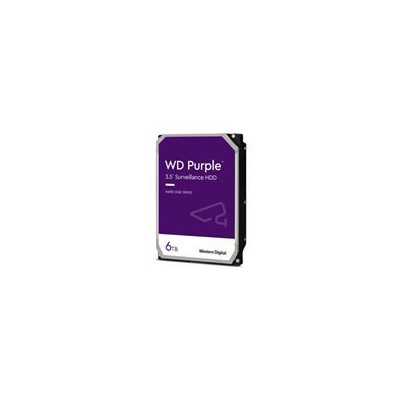
Likutis: 21 Turime. Pristatymas 1-2 d. d.
MZ-V8V1T0BW M,2 1TB Samsung 980 NVMe PCIe 3,0 x 4 retail


Darbo laikas I-V 08:00 - 18:00 +370 6 7759 325
Pristatymas į namus nuo: 4.72 €
1 - 3 darbo dienos
Saugus atsiskaitymas
Charakteristikos
Svetainėje naudojami slapukai, siekiant suteikti maksimalų pirkimo patogumą.